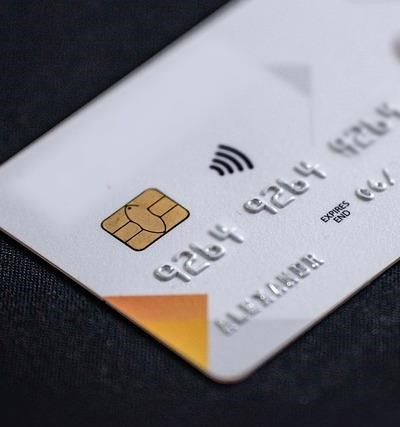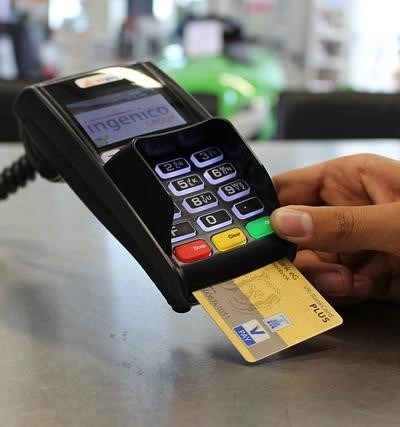
Let’s talk about navigating the world of online payments securely, especially when dealing with non-VBV (Verified by Visa/Mastercard SecureCode) credit cards. While incredibly convenient, these cards present a slightly higher risk of fraud. My goal is to empower you with the knowledge to mitigate that risk.
Understanding the Risks
Non-VBV credit cards lack the extra layer of authentication provided by VBV. This means that transactions don’t require an additional password or verification step beyond the card details. This vulnerability makes them a more attractive target for credit card fraud and identity theft. Data breaches targeting retailers or payment processors can expose your card information, leading to unauthorized purchases.
Mitigating the Risks: A Multi-Layered Approach
Protecting yourself requires a proactive, multi-faceted strategy. Think of it as building a fortress, not just a single wall.
1. Choose Wisely: Card Type Matters
While non-VBV cards might seem convenient, consider alternatives. Virtual credit cards and prepaid cards offer better payment protection. These often come with lower limits, reducing potential losses in case of fraud. They also provide a level of separation from your primary financial accounts.
2. Prioritize Secure Online Payments
Always shop on reputable websites, look for secure connections (HTTPS), and avoid public Wi-Fi for sensitive transactions. Online shopping security is paramount. Be wary of phishing emails or suspicious links requesting your card details.
3. Regular Monitoring and Vigilance
Regularly check your credit card statements for unauthorized transactions. Set up transaction alerts from your bank. Immediate detection is crucial for minimizing losses. Understand your account security settings and utilize all available fraud prevention tools.
4. Strong Cybersecurity Practices
Maintain strong passwords, keep your anti-virus software updated, and be cautious about clicking on unknown links. Good cybersecurity habits extend beyond just your credit card usage. It’s about protecting your entire financial security online.
5. Reporting and Prevention
Report any suspicious activity immediately to your card issuer and relevant authorities. Consider implementing fraud prevention measures like address verification and transaction monitoring.
Beyond the Card: Holistic Online Security
Remember, online security is a holistic effort. It’s not just about your credit card; it’s about protecting your personal information, your online accounts, and your digital identity. By combining smart card choices with robust online habits, you significantly reduce your risk of falling victim to online fraud. It’s about proactive transaction security and diligent monitoring. Stay informed, stay vigilant, and stay safe.

